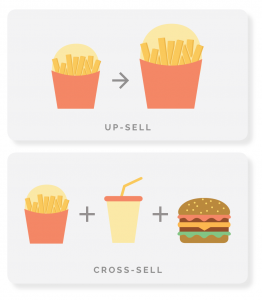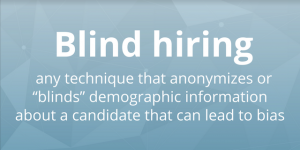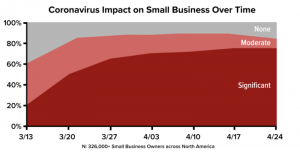Beyond AI: 5 Tech Acronyms That Spell Search Success
Site search is a top priority for shoppers and retailers this holiday. A recent survey found that almost all shoppers (86%) agree that the search box is important, even extremely important, when shopping online. Eight in 10 always or often use site search when shopping, and the vast majority (72%) are likely to leave a retail site that doesn’t provide good search results.
Holidays raise the stakes. In fact, half of all shoppers (48%) rank the ability to “easily search and find products” as the single most important factor when shopping for gifts on a retailer’s site (vs. 5% who pick out marketing-driven features such as curated gift ideas).
Mark Grannan, a senior analyst at Forrester, recently broke it down in a July 2018 report: “As [digital experience] teams reestablish their relationship with customers, site search becomes an increasingly important tool…Your customers expect fast, relevant search capabilities on your site, just as they experience them on any search engine.”
Set aside the hype around marketing AI. Today’s site search (and tomorrow’s voice- and image-based search functions) demands that marketers learn a more nuanced vocabulary, starting with these five acronyms:
Solr
Solr is a popular open-source search platform designed for large enterprises. Along with the newer open-source solution ElasticSearch, Solr offers flexibility and extensibility as benefits, and can be integrated with personalization tools to deliver individualized results sets. One important caveat: hosting, implementing, and supporting Solr requires in-house expertise that only the largest retail brands can afford. Digital leaders should look for solutions that have Solr embedded.
ML (Machine Learning)
ML describes machines or programs that can modify their own behaviors as they’re exposed to more data, without human intervention. That is, the software “learns” and improves its performance without the need for humans to reprogram the code. Specific to commerce search, ML refers to solutions that continually improve the relevance of results for individual shoppers based on previous outcomes.
DL (Deep Learning)
DL is a subset of ML, in which code attempts to replicate the function of networks of neurons in human brains. Each node learns one particular task, and the combined processing of the network produces fast, accurate results. The “deep” in DL refers to the multiple layers of nodes that relay information for complex processing. Voice commands (“Alexa, order more soap”) and image-based search engines rely heavily on DL to parse input and match it to the right results.
NLP (Natural Language Processing)
Many DL processes use NLP, which trains software to understand human language. Rather than parsing a search term word by word, NLP attempts to interpret the intended meaning of the entire query. In e-commerce, NLP helps on-site search tools recognize the term “stocking stuffer” to mean a category of small gift items, not a type of sock, for example. NLP also powers suggested search terms, auto-correction of misspellings, and voice recognition.
WOC (Wisdom of Crowds)
One way personalized search solutions inform ML is via WOC. By drawing on the wisdom of crowds — aggregated data from multiple shoppers’ search outcomes — the software improves results for the next query. The larger the number of inputs, the better the collective intelligence of the search engine.
As retail marketers look to beef up their sites in preparation for what is projected to be online’s biggest year yet, these latest search capabilities and terms will help them implement solutions that transform queries into sales.
(31)








